With the Microsoft 13.5″ Surface Book 3, you get the power of a desktop, the versatility of a tablet, and the mobility of a laptop — all in a lightweight, compact magnesium chassis with a platinum finish. Powered by a 10th Gen 1.2 GHz Intel Core i5-1035G7 Quad-Core processor, this Surface Book 3 can handle CPU-intensive tasks. Combined with 8GB of 3733 MHz of LPDDR4x RAM and a 256GB PCIe SSD, you’ll be able to multitask as well as boot up faster. There’s also a SDXC card slot for additional storage and for transferring media, such as photos and videos.
The 13.5″ PixelSense display features a 3000 x 2000 resolution and a 3:2 aspect ratio. The screen also has 10-point touch support, allowing you to detach it from the keyboard base and use it as a powerful tablet. Visuals are handled by integrated Intel Iris Plus Graphics.
Outfitted with Wi-Fi 6 (802.11ax), the Surface Book 3 allows you to stay connected with next-gen Wi-Fi standards and increased bandwidth. While the Surface Book 3 has a single USB Type-C port and two USB Type-A ports for connecting peripherals and accessories, you can opt to go wireless with Bluetooth 5.0. There is a 5MP front camera that lets you video chat in 1080p while the rear 8MP camera allows you take high-res photos and videos. Windows 10 Home is the installed operating system.
15″ Surface Book 3
10th Gen Intel Core Performance
The Surface Book 3 houses a 10th Gen Intel Core i5-1035G7 processor. Its quad cores can reach a stock speed of 1.2 GHz and be boosted up to 3.7 GHz.
Wi-Fi 6 (802.11ax)
Wi-Fi 6 (802.11ax) is the next-gen Wi-Fi standard, improving a variety of features including data rates, capacity, performance in dense environments, and power efficiency.
Different Modes
The Surface Book 3 offers three different modes. Laptop Mode is the traditional clamshell design with a full keyboard and a large, responsive trackpad. Studio Mode lets you draw, write, and sketch with precision with a Surface Pen and a Surface Dial (both sold separately) at a comfortable angle. Tablet Mode lets you swipe through photos and browse the web by just using the touchscreen.
Battery Life
When connected to the keyboard base, the Surface Book 3 provides up to 17.5 hours of battery life. It also has improved standby to extend the battery life when not in use.
Windows 10 Home
Start Menu
After its hiatus in Windows 8, the Start Menu has returned. Utilizing a combination of the traditional menu system and Windows 8’s Live Tiles, the improved Start Menu gives you more information at a glance, showing notification information alongside your applications and other pinned items.
Cortana
Microsoft’s digital personal assistant, Cortana can answer your questions with information gleaned from both your device and the internet at large. You can type or even talk with her, if your system has a microphone. Using her Notebook, Cortana keeps track of your needs and wants, and she learns over time to improve her information gathering skills.
Microsoft Edge
After nearly 20 years, Microsoft has finally replaced its Internet Explorer web browser. With Microsoft Edge, users can write directly on web pages and share notes with friends and colleagues. It also improves the online reading experience by adding a distraction-free mode and read-it-later functionality. Edge also has built-in Cortana integration; you can have her help you find a restaurant, make a reservation, and pull up directions without leaving your browser.
Windows Store
For Windows 10, Microsoft has unified the Windows Store. Now, apps for PCs, tablets, and phones will all be accessible from one place. And with support for Universal Apps, one version of an app can work across all your compatible devices automatically.
Windows Continuum
Windows 10 was designed for a variety of screen sizes and input styles, and with its Continuum feature, it automatically adapts to fit your needs. A Windows 10 tablet on its own requires a touch-centric approach, but attaching a mouse and keyboard will shift everything to a more traditional interface. You can even attach an external monitor to your Windows 10 phone for a near-desktop experience. But it’s not just the operating system; Windows Universal Apps take advantage of Continuum as well.

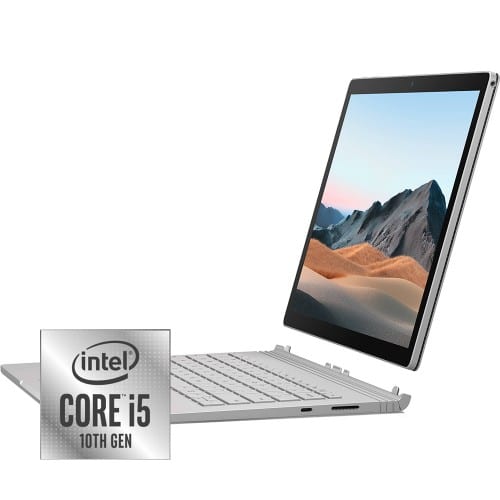
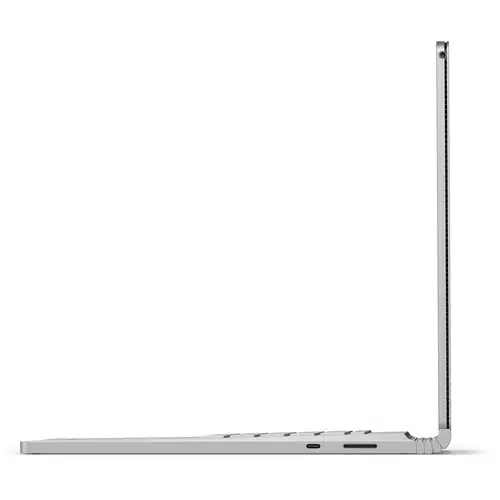
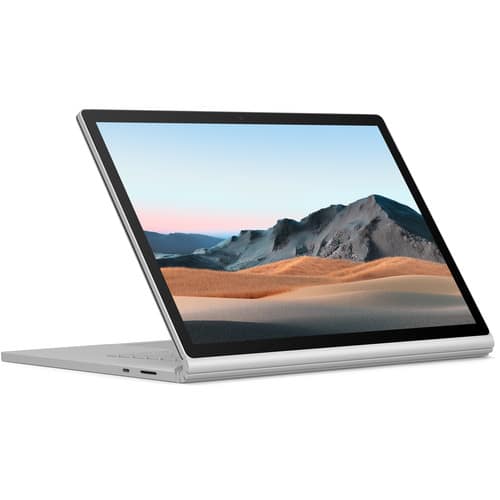
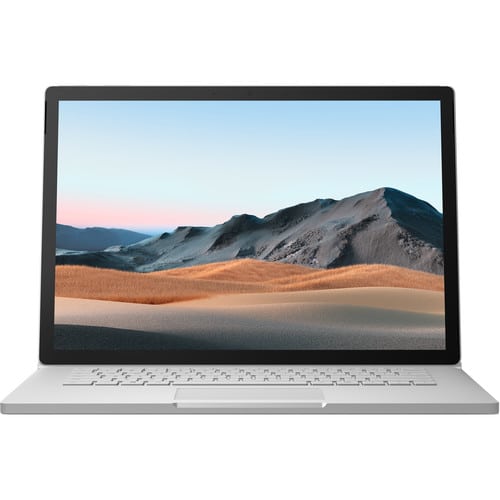
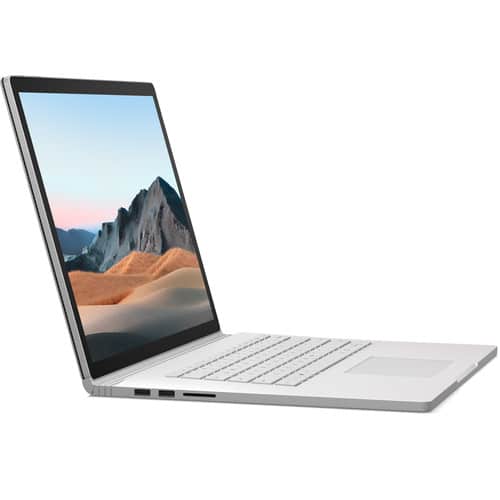

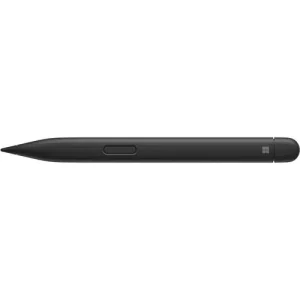
There are no reviews yet.